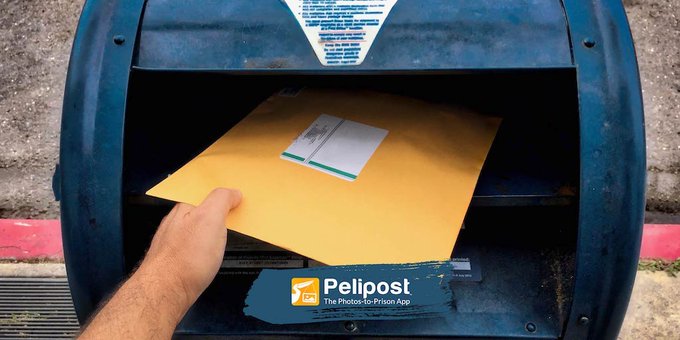With heavier restrictions on visitation in jails due to the COVID-19 pandemic, most incarcerated people are currently relying on the postal service and mail for communication with the outside world.
With all the rules and regulations related to this, navigating communication with your incarcerated loved one can be confusing. Here are some tips on inmate mail rights and what they are allowed to send and receive while incarcerated.

What are Inmate Mail Rights?
Inmates have the right to send and receive mail while incarcerated, as protected by the First Amendment. Under the First Amendment, U.S. citizens have the right to the freedom of speech. Freedom of speech includes the right to read books and magazines, the right to call or write to your family and friends, the right to criticize government or state officials, and much more. The rules of this amendment apply to inmates, however, censorship regulations exist for those who have been incarcerated.
Mail Censorship
Due to the nature of the situation of incarceration, the center where your loved one is located may inspect and censor mail for security reasons. The difference depends on whether or not the mail is privileged. Privileged mail is mail that includes things such as attorney-client communications, and must be clearly marked. This type of mail has much more confidentiality and freedom from censorship than non-privileged mail.
Non-privileged mail includes commercial mail, letters from family members, friends and businesses. This type of mail can be opened and censored by prison officials without a warrant for security reasons. This means that personal letters and photos you send may be restricted by the workers at the facility if they are deemed inappropriate, dangerous, or a security threat.
Although personal mail may be more prone to censorship, you have the right to send photos and letters to your loved one in prison. There are restrictions and regulations on the types of pictures you can send to prison, but if you follow all the guidelines, your mail should make it to your incarcerated loved one.
5 Tips to Avoid Mail Censorship
- Avoid photos of or language about guns, weapons, gangs, or other forms of violence.
- Avoid images and descriptions of drugs and drug paraphernalia.
- Do not include sexually explicit content or nudity. This includes partial nudity and images of children who are not fully clothed.
- Do not send photos of money or write about it.
- Avoid photos where a person is holding up a hand sign, including a thumbs up or peace sign.
Returned Mail
If the mail you sent arrives at the facility and ends up being censored by prison officials, both the sender and receiver have the right to be notified. The notification should explain to you why the mail was censored, so you can understand the reason and better prepare for next time. Rules and regulations may vary from facility to facility, so looking up the guidelines for the specific location before sending your mail is recommended.
If you are looking for an easier way to send photos to your loved ones, partner with Pelipost! We can help ensure that your incarcerated loved ones get the mementos you’re looking to send them, and take the guesswork out of the process.
Ready to send pictures? You can download the Pelipost app through the Apple App Store or Google Play Store.

